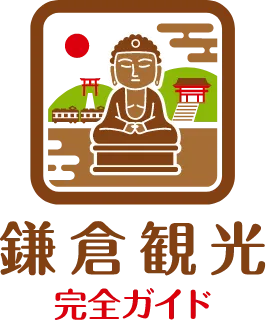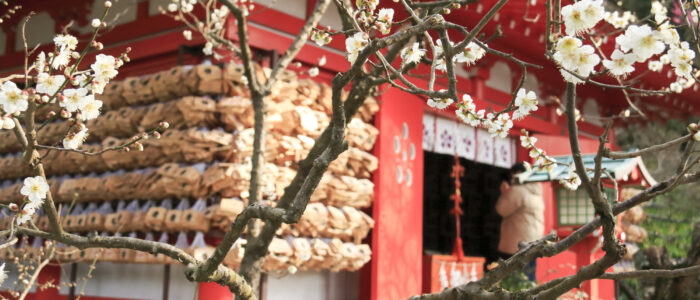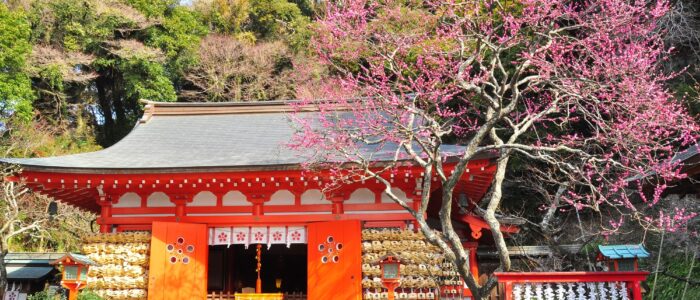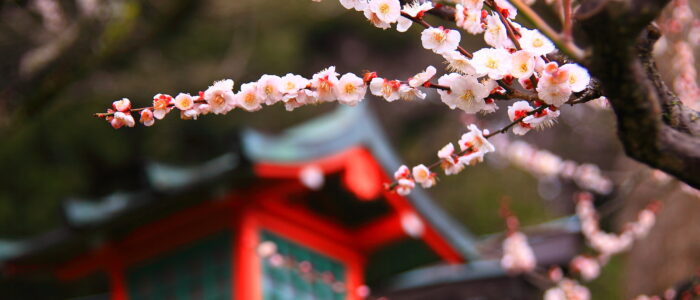Plum Blossoms at Egara Tenjinja
The Beauty of Plum Blossoms at Egara Tenjinja
Egara Tenjinja is known as the earliest plum blossom spot in Kamakura. Particularly, the “Kankobai” (Cold Crimson Plum) starts blooming in early January, with its vibrant pink flowers heralding the arrival of spring amid the winter chill. Additionally, the bluish-white “Kodai Sejiku” plum and the weeping red plum at the Ehibitsuka monument offer a long-lasting seasonal spectacle steeped in history and charm.
History and Background
Egara Tenjinja (荏柄天神社) is a Tenmangu shrine in Kamakura dedicated to Sugawara no Michizane, a deity of learning. As Michizane loved plums, plum trees have been traditionally planted at Tenjin shrines across Japan. However, the plum blossoms at Egara Tenjinja are particularly renowned for their beauty.
Best Season to Visit and Highlights
- Early January to Early February: The “Kankobai” (Cold Crimson Plum) blooms, offering the first sign of spring amidst the winter chill.
- Early February to Mid-February: The “Kodai Sejiku” plum blooms, displaying its unique bluish-white petals.
- Mid-February to Mid-March: The plum-lined paths within the shrine reach full bloom, creating the most picturesque scenery of the year.
- Early March to Mid-March: The weeping red plum at the Ehibitsuka monument reaches peak bloom, captivating visitors with its elegant beauty.
In addition, from early to mid-March, the yellow flowers of Mitsumata bloom, adding to the vibrant colors of early spring. Visitors can also enjoy early-blooming cherry blossoms, making Egara Tenjinja a prime destination for seasonal flower viewing.
The Connection Between the Tenjin Deity and Plum Blossoms
Egara Tenjinja is one of Japan’s Three Great Tenjin Shrines and is revered as a shrine for academic success. Many students and visitors pray for success in their studies here. The plum blossoms, though not extravagant, exude an air of refined beauty fitting for the Tenjin deity, leaving a lasting impression on those who visit.
Conclusion
Egara Tenjinja’s plum blossoms can be enjoyed for an extended period from mid-January to mid-March. Each visit brings new discoveries—come and experience the beauty of Kamakura’s spring season.
Toshi’s Evaluation
| Evaluation Criteria | Score | Reason |
|---|---|---|
| Scenery | 9 points | The shrine features over 100 plum trees, including varieties like “Kankobai,” “Kodai Sejiku,” and the mixed red-and-white “Omoinomama.” The combination of historical architecture and plum blossoms creates a picturesque setting, though it lacks some grandeur for a perfect score. |
| Accessibility | 7 points | It is about a 20-minute walk from JR Kamakura Station, which is slightly far. However, taking a bus to the “Tenjinmae” stop reduces the walk to just 3 minutes, making it reasonably convenient. |
| Historical Value | 10 points | Established in 1104, it is home to Kamakura’s oldest shrine building, designated as an Important Cultural Property. Revered by Minamoto no Yoritomo, it is one of Japan’s three major Tenjin shrines. |
| Comfort | 8 points | While it can get crowded during exam season, the environment is generally comfortable. Facilities are adequate but simpler compared to larger tourist destinations. |
| Reviews | 9 points | Highly rated on social media and travel platforms for its plum blossoms and reputation as a shrine for academic success. Some reviews mention minor accessibility issues, preventing a perfect score. |
Total Score: 43 Points
Egara Tenjin Shrine stands out for its historical significance and beautiful plum blossoms. While accessibility could be slightly improved, its overall appeal makes it a worthwhile destination.



